A Look into Conservation Projects in the Central Apps
In an effort to increase the number of landowners caring for and creating bird and wildlife habitat in Central Appalachia, AFF launched a partnership with the National Fish and Wildlife Foundation (NFWF) in 2017 to help financially support local conservation and forestry organizations in Virginia, West Virginia, Maryland, Pennsylvania and New York in order to expand their work with landowners.
This partnership is a key part of AFF's overall impact strategy and conservation work to restore the balance in Northeastern forests by engaging family woodland owners in active stewardship.
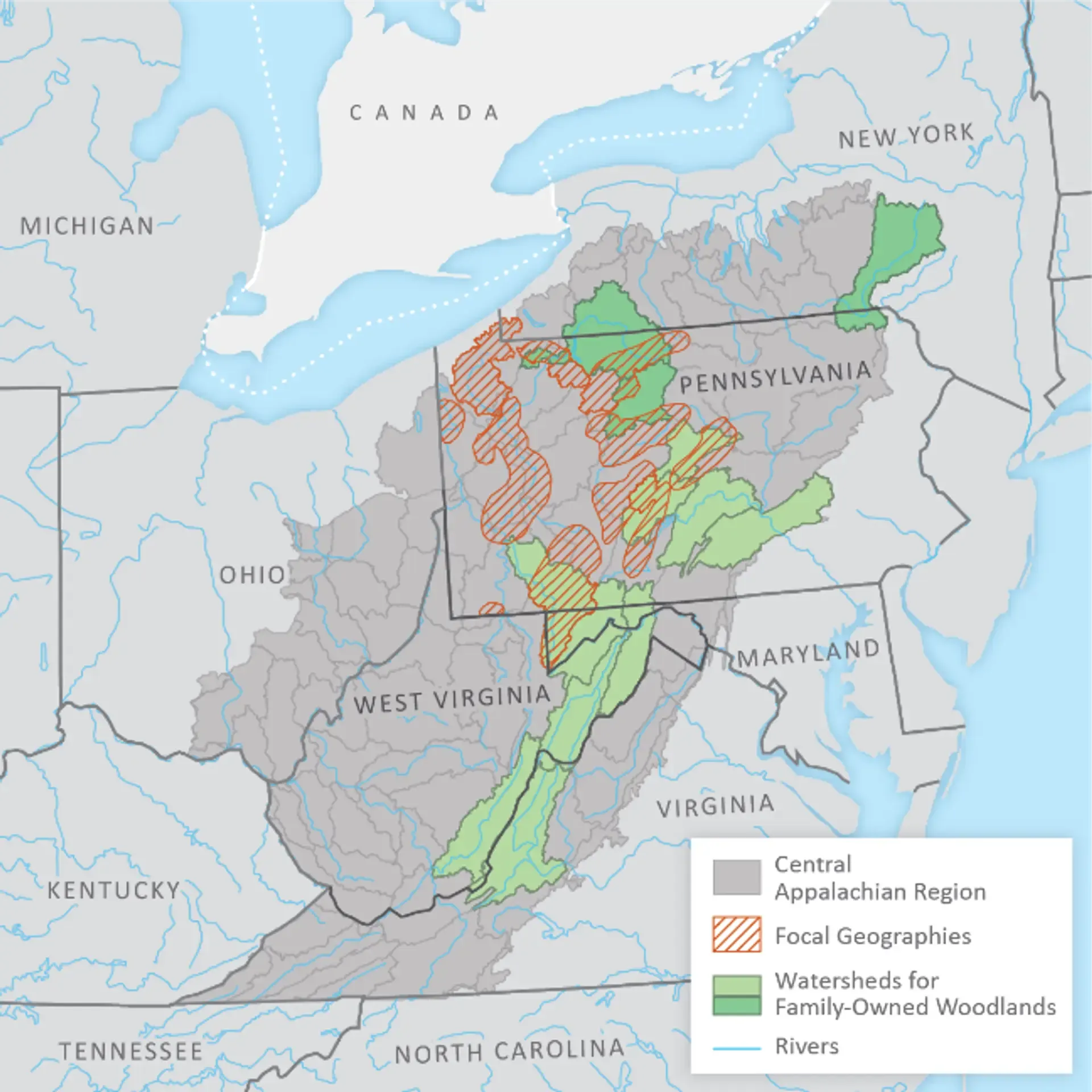
Through AFF's partnership with NFWF, we are excited to announce the first slate of projects launching in 2018:
New York-Pennsylvania: Currently one-third of Central Appalachian forest bird species has declined significantly within the past 50 years. Diversifying forests in this area will improve habitat for priority early-successional and late successional forest birds, like American Woodcock; Golden-winged, Prairie, Cerulean, and Black-throated Blue Warblers; and Wood Thrush.
The National Audubon Society will collaborate with the Allegheny National Forest, PA Game Commission, National Wild Turkey Federation, Ruffed Grouse Society, Cornell Lab of Ornithology, Appalachian Mountains Joint Venture, New York State Department of Environmental Conservation, Audubon Society of Western PA, PA Environmental Council, and PA Hardwoods Development Council in the Upper Allegheny, and Sinnemahoning watersheds of New York and Pennsylvania.
By demonstrating good management on the Allegheny National Forest and other public lands, the project will work to reach 1,000 family woodland owners and engage a subset of those, increasing access to technical and financial assistance, and training and certifying consulting foresters to provide appropriate assistance.
The project will create at least 200 acres of young forest and enhance at least 550 acres of mature forest, with a much larger wildlife impact on the landscape.
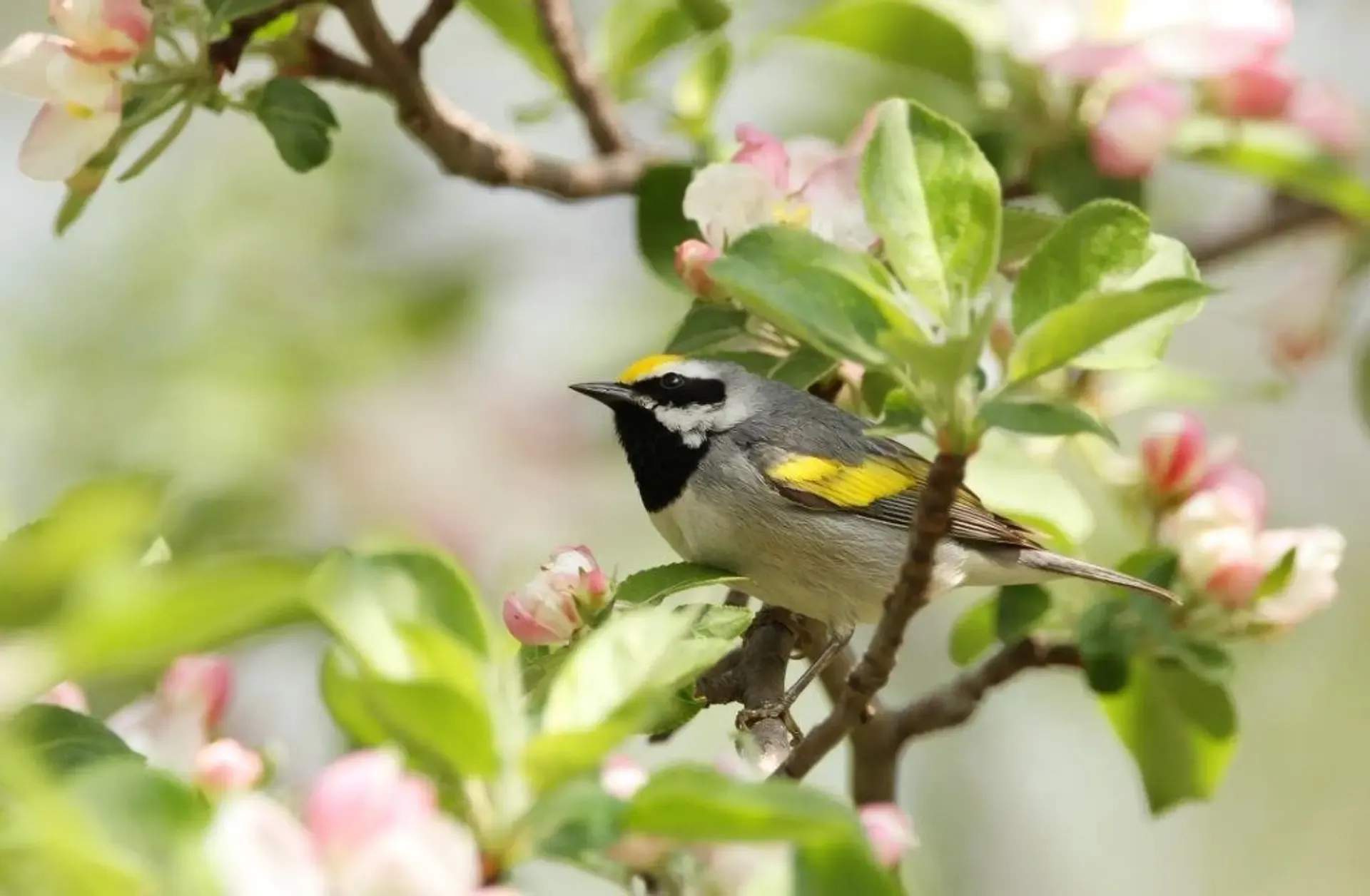
Pennsylvania - Scotia Barrens: The ClearWater Conservancy of Central Pennsylvania will work with the Center for Private Forests at Penn State, PA Game Commission, Natural Resources Conservation Service, PA Department of Conservation and Natural Resources, U.S. Fish and Wildlife Service, American Bird Conservancy, and the Appalachian Mountains Joint Venture to create a Strategic Conservation Action Plan for the Scotia Barrens Wildlife Corridor. The goal is to address the need to create early successional forest habitats for Golden-winged Warbler and American Woodcock on privately owned forest lands, surrounding State Game Lands 176 (the Scotia Barrens).
This project will complete the planning phase by partnering with conservation professionals and volunteers to prioritize locations for habitat restoration activities and implement an effective outreach and education campaign, to involve landowners and municipalities in a shared commitment to restore, enhance and connect important young forest habitats in the Scotia Barrens and throughout the corridor. In order to fulfill the goals of this project, they will be gauging landowner interest in management plans through surveys, conduct habitat mapping and planning, implement outreach and education campaigns, and develop series of workshops for local landowners.
At the end of this two-year plan, a select group of landowners will be engaged in management according to a strategic blueprint of a conservation plan to safeguard the Scotia Barrens. In particular, the project will inform 1,000 community members, engage 150 landowners, and impact wildlife habitat on 15,000 prioritized acres.
Central Pennsylvania: The Alliance for the Chesapeake Bay will launch a partnership with the Natural Resources Conservation Service, PA Game Commission, PA Department of Conservation and Natural Resources, Appalachian Mountains Joint Venture, Indiana University of PA, PSU Center for Private Forests, and Pheasants Forever. The Forest Stewardship Connectivity Program will demonstrate an approach to increasing sustainable management on private forested lands and improving the landscape for golden-winged warblers, cerulean warblers, and American woodcock. It will be implemented in central Pennsylvania, where family-owned woodlands are common and management efforts for the species of concern on private land is not.
The pilot will build 2-4 networks of neighboring properties that have forest management plans (FMPs) and actively manage for diverse stand ages, creating at least 1,000 acres of connected and improved forest habitat. The goal for the networks is to alleviate the barriers that landowners face when trying to get plans to manage their land. Members of the program will receive a free FMP that will enable them to apply for federal forestry financial assistance through Farm Bill programs and a voucher that can be used to implement management recommendations of the plan.
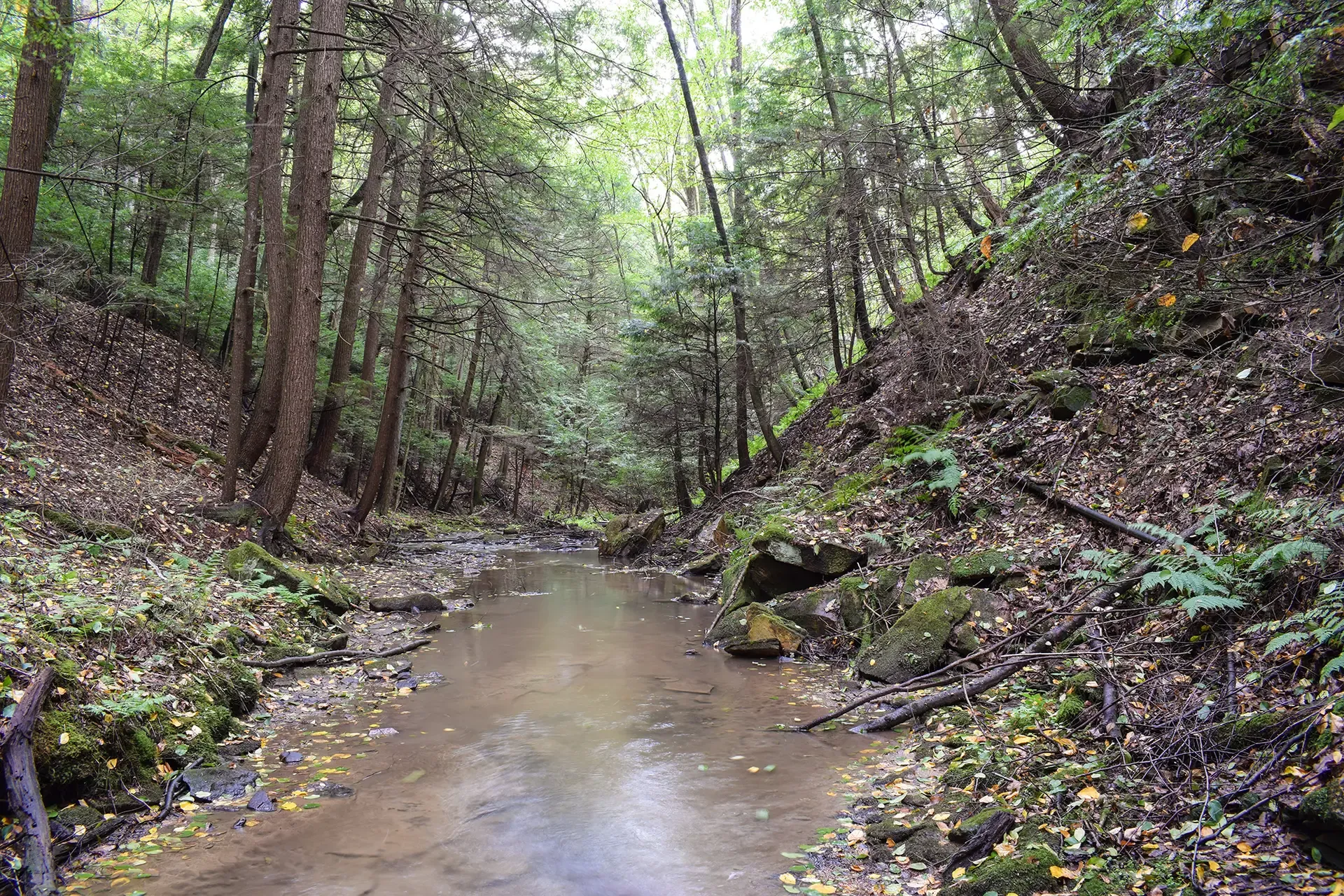
The program will: increase contractor interest in writing FMPs, increase participation in federal forestry programs for private landowners, increase forest management on family-owned woodlands, and create multiple proximate habitat patches for species of concern, thus increasing the value of the management for population growth.
Maryland: The Nature Conservancy will work with partners including MD Forest Service, MD Wildlife and Heritage Program, and Natural Resources Conservation Service. The goal is to increase and improve management of family forestland in western MD to improve habitat for both early successional and mature/late successional forest bird species and to improve the health and resilience of regional forest corridors.
In this region, thousands of family woodland owners control 70% of forests, with less than 3% taking action to get a management plan. This collaboration will use targeted marketing to strategically engage family woodland owners and develop and implement an enhanced landowner service model that coordinates the full spectrum of private and public service providers to meet landowners’ needs.
Outcomes of the project will include:
Implementation of forest stewardship and habitat improvement projects impacting 400 managed acres on 20 family forestland ownerships in Garrett and Allegany Counties of MD
An enhanced landowner service model that coordinates delivery of interdisciplinary technical assistance
A demonstration project that tests and disseminates management strategies and practices that maintain and enhance age and structural diversity for mature and late successional forest habitat.
Additional project deliverables include local market research focused on Garrett and Allegany Counties, a targeted outreach campaign, and a landowner outreach database.
West Virginia: The National Wildlife Turkey Federation, West Virginia Division of Forestry and Wildlife Management Institute will combine efforts to work with family woodland owners to enhance and improve habitat for golden-winged warblers in the Greenbriar watershed. The first year of this effort includes developing a strategic landowner communications plan for maximum effectiveness, working to identify landowner motivations and barriers to stewardship. The combined effort seeks to improve habitat for golden-wingeds on a 4,000 acre landscape.
Related Articles
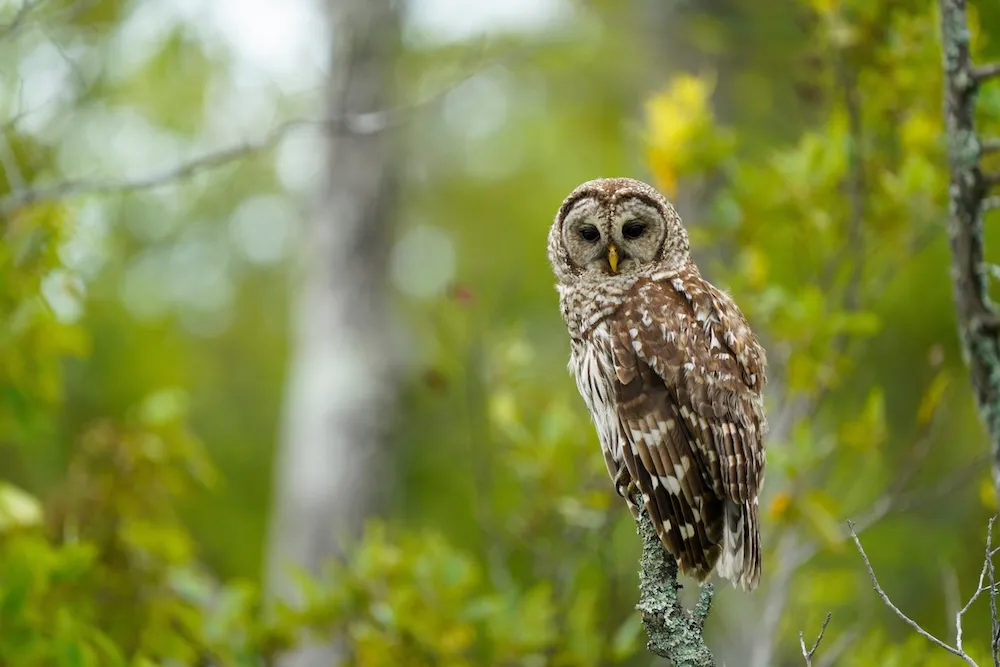
December 18, 2025
Improving Wildlife Habitat with the Family Forest Carbon Program
For many landowners, spotting a fox, songbird, or other wildlife on their property is one of the highlights of spending time on their land. In this post we look at some examples of management practices you may see in your FFCP forest management plan and how they help create the ideal conditions for certain wildlife species.
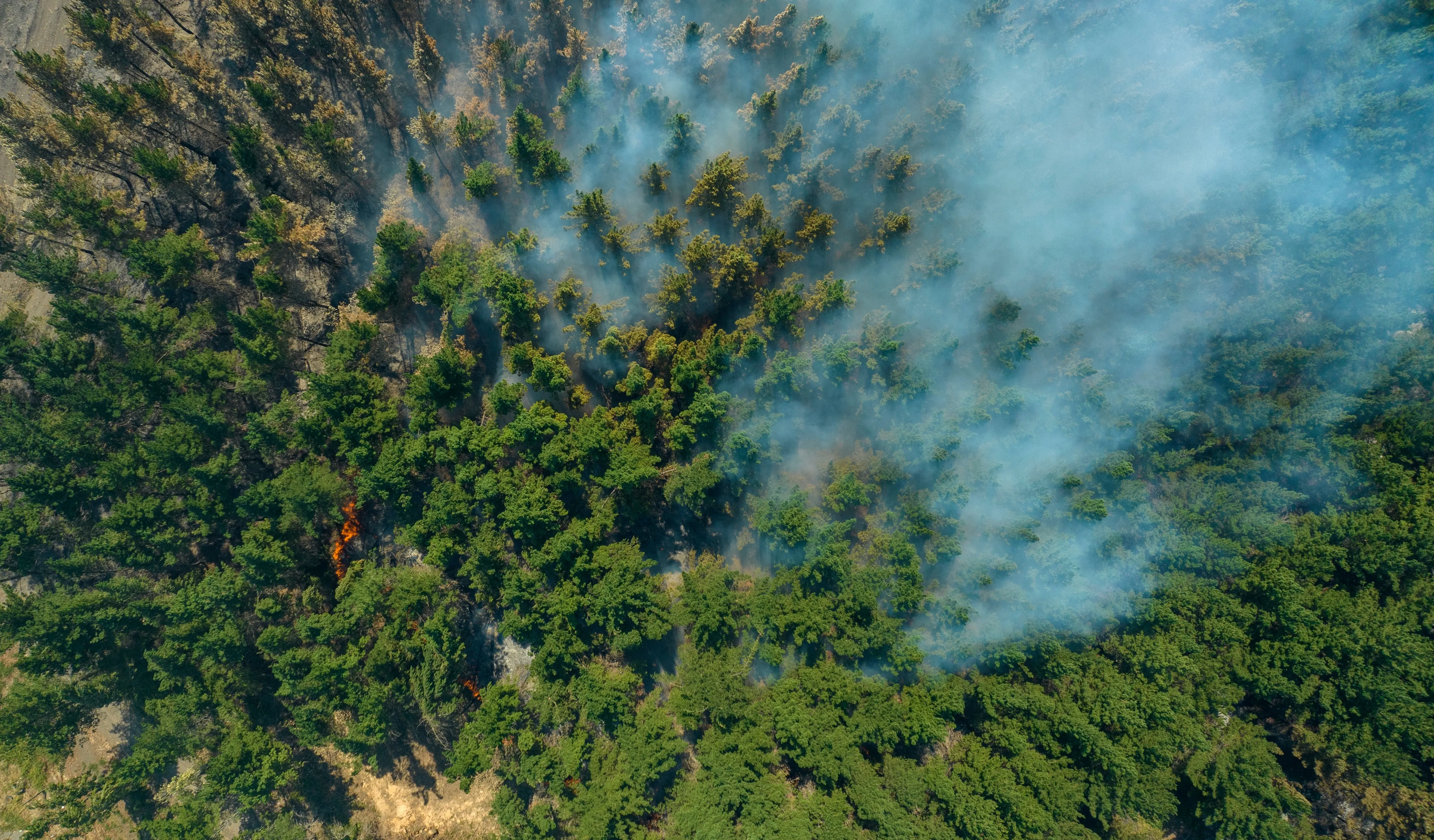
December 1, 2025
Tackling Wildfire Through Partnership: AFF’s Stacked Benefits Model
A few miles outside Grass Valley, California, a narrow road winds past homes tucked into dense forest. From the ground, it is easy to forget that these trees are doing something extraordinary. They are standing between the community and the next wildfire.
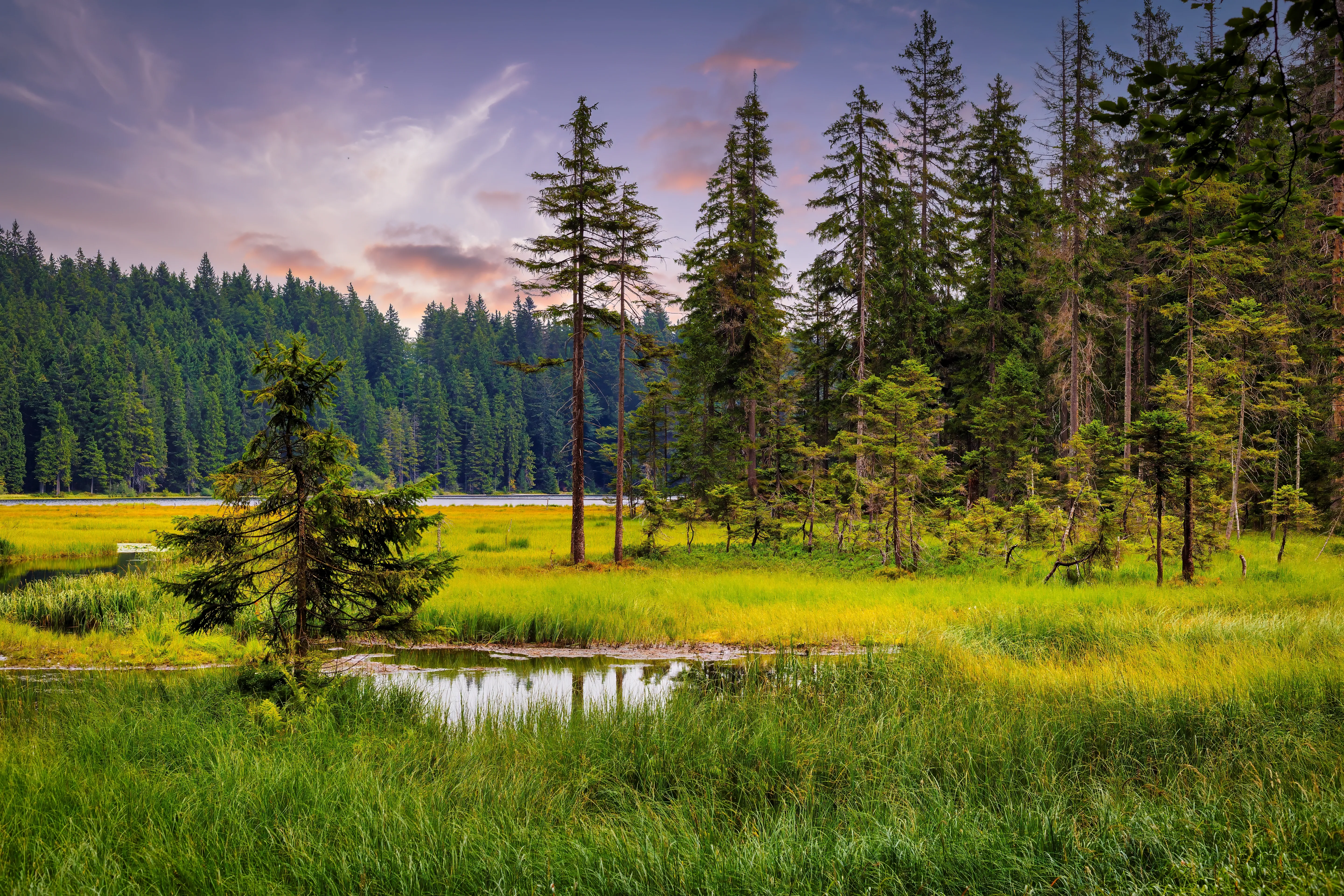
September 4, 2025
Nature is Worth Investing In: Breakthroughs in the Voluntary Carbon Market
As we head into Climate Week, it’s worth pausing to take stock of how far the voluntary carbon market (VCM) has come. For years, this space has been scrutinized, challenged, and even questioned—but over the past few years we’ve seen positive breakthrough after breakthrough, which shows just how much progress has been made.